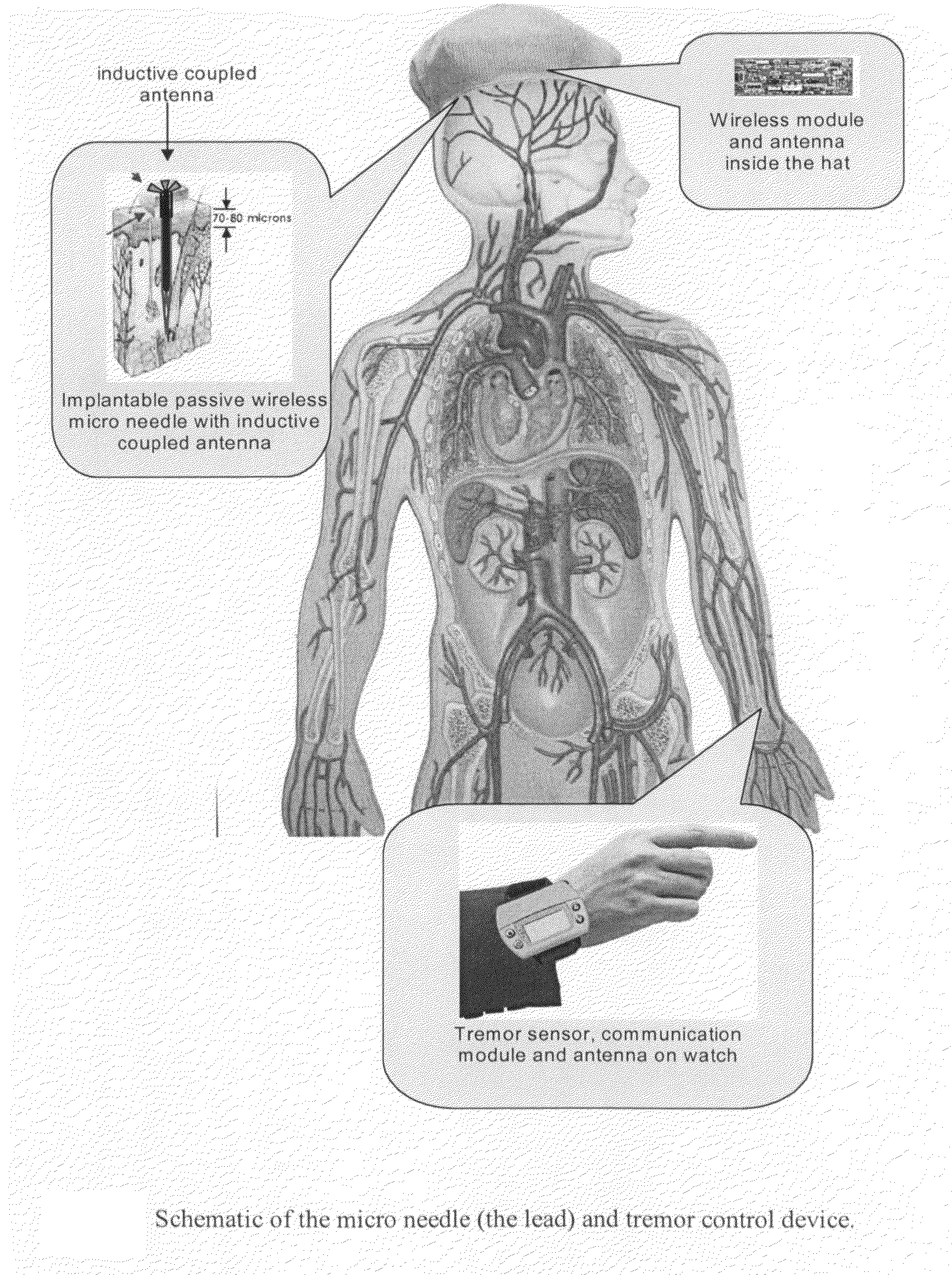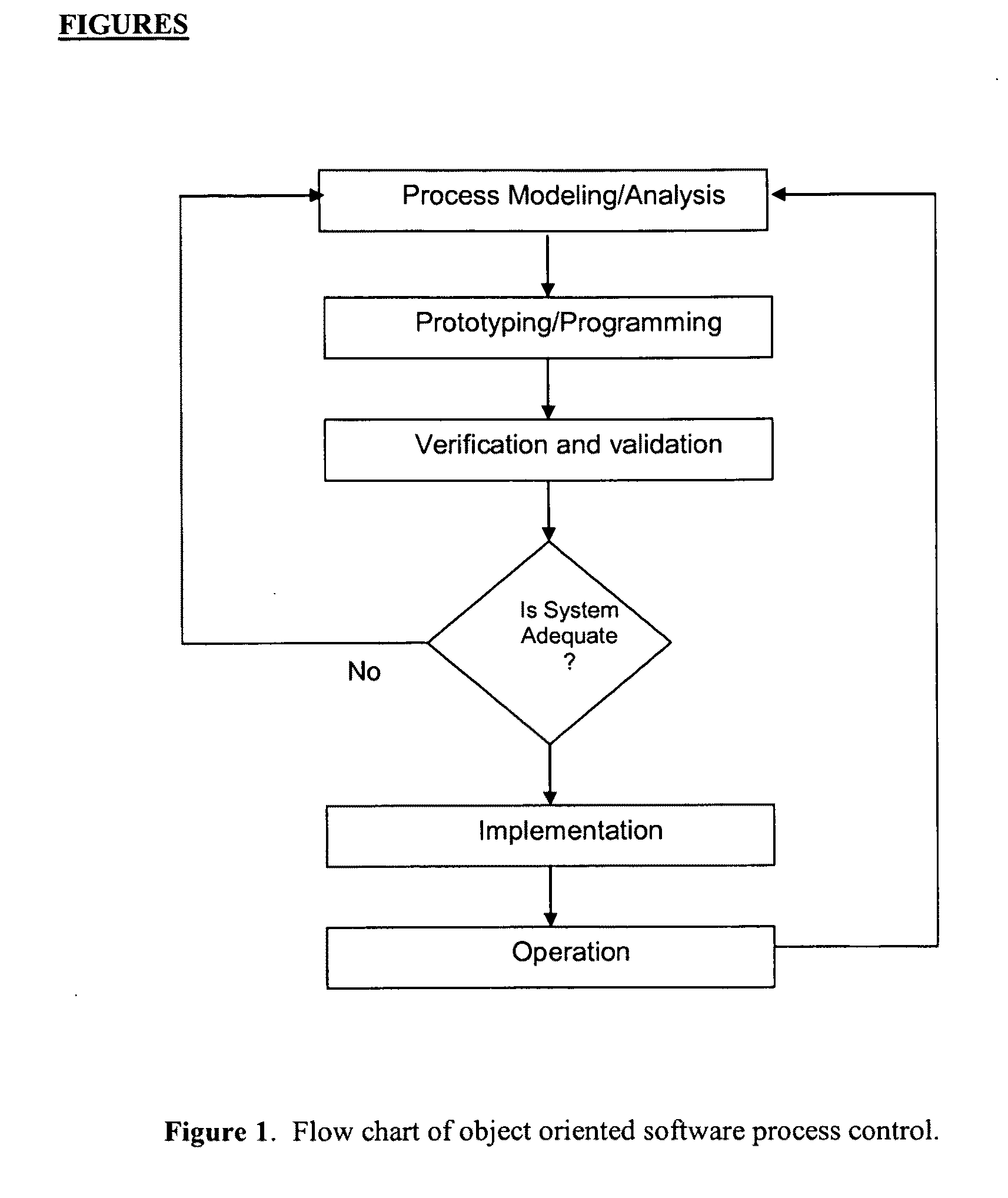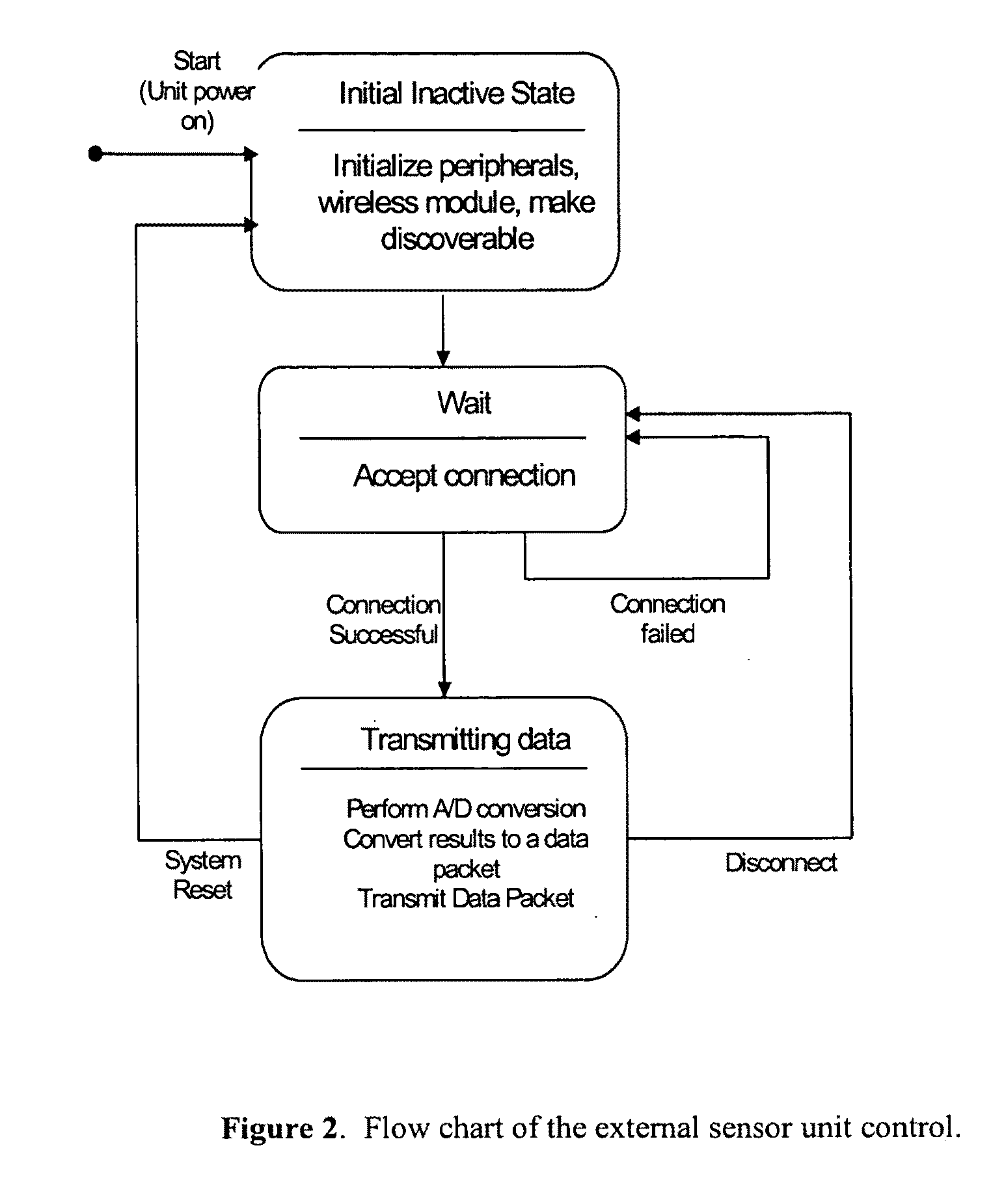Methods and devices for treatment of medical conditions and monitoring physical movements
a technology for monitoring physical movements and medical conditions, applied in the field of methods and devices for monitoring physical movements, can solve the problems of poor implantability of many silicon based technologies, inability to effectively implement wireless technologies into medical treatment modalities and devices, and insufficient means of converting and modulating the frequency generated by wireless devices. to achieve the effect of effective wireless transmission of data
- Summary
- Abstract
- Description
- Claims
- Application Information
AI Technical Summary
Benefits of technology
Problems solved by technology
Method used
Image
Examples
Embodiment Construction
A. Overall System Architecture
[0019]The present teachings overcome the shortcomings of the prior art by providing biocompatible materials for use in the microfabrication of implantable devices and systems. These biomolecular interfaces are also compatible with biological systems. The biocompatible materials disclosed herein are readily available, easily patternable, compatible with the silicon process and less expensive than traditional materials. A water soluble, non-toxic and non-immunogenic polymer such as Poly(ethylene glycol) (PEG) / poly(ethylene oxide) (PEO) is a well-known polymer that can be used as a silicon coating for biological applications.
[0020]Silicon fabrication techniques can be used to prepare the devices. Similarly, materials compatible with biological systems (e.g. SU-8) can be synthesized. SU-8, an epoxy-based negative photoresist has properties that make it a useful economic alternative for producing polymeric microfluidic structures for several applications. Th...
PUM
 Login to View More
Login to View More Abstract
Description
Claims
Application Information
 Login to View More
Login to View More - R&D
- Intellectual Property
- Life Sciences
- Materials
- Tech Scout
- Unparalleled Data Quality
- Higher Quality Content
- 60% Fewer Hallucinations
Browse by: Latest US Patents, China's latest patents, Technical Efficacy Thesaurus, Application Domain, Technology Topic, Popular Technical Reports.
© 2025 PatSnap. All rights reserved.Legal|Privacy policy|Modern Slavery Act Transparency Statement|Sitemap|About US| Contact US: help@patsnap.com



